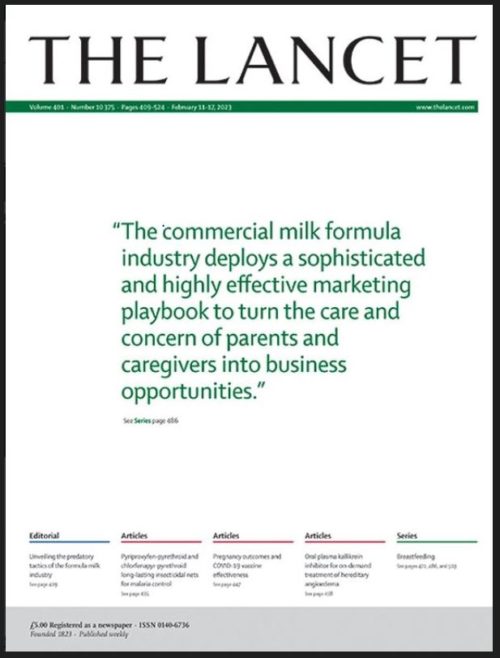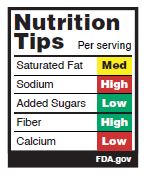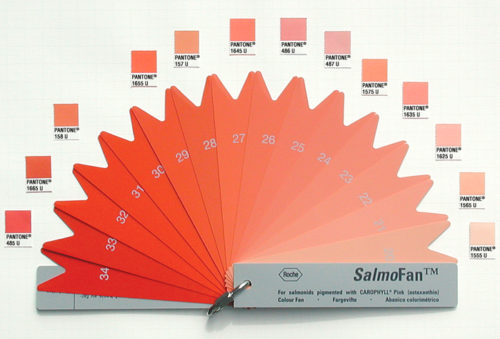Where are we on SNAP? In play, as always.
Here’s what’s going on.
SNAP costs are high
- SNAP data table, participation and costs: In 2022, 41 million SNAP participants received an average benefit of $230 per month for a total yearly cost of $119.2 billion ($113.7 billion in benefits plus $5.5 billion in administrative costs).
- Congressional Budget Office (DBO) Budget and Economic Outlook: 2023 to 2033: This projects a drop in SNAP costs by $21 billion in 2023 but only because the additional benefits awarded during the pandemic have now been reduced (CBO Baseline projections for USDA farm programs do not cover SNAP).
Even with the reduction, this is an expensive program and it’s no surprise that Republicans want to cut it.
SNAP is under constant criticism and not only because of cost. Advocates want it to do a better job of promoting nutrition and health, as shown in two recent reports.
After reviewing the evidence on SNAP’s impacts on food insecurity, dietary quality, and health as well as research on the health impacts of other more successful federal food assistance programs, we provide three policy recommendations to strengthen SNAP’s effectiveness as a health intervention for children and families.
These are:
- Make diet quality a core SNAP objective.
- Srengthen requirements for SNAP-authorized retailers to promote healthier retail food environments.
- Pair incentives for purchasing fruits, vegetables, and other healthy foods with restrictions on unhealthy foods and sweetened 2beverages.
Advocacy Report #2. Making Food and Nutrition Security a SNAP: Recommendations for the 2023 Farm Bill (from the Bipartisan Policy Center’s Food and Nutrition Security Task Force.
Some of its major recommendations:
- Make sure benefit levels are adequate to achieve healthy diets.
- Make sure eligibility and work requirements do not preent undue barriers to participation.
- Encourage consumption of nutritious foods through existing and demonstration projects.
If I read this right, “demonstration projects” is a euphemism for not permitting sugar-sweetened beverages to be purchased with SNAP benefits.







